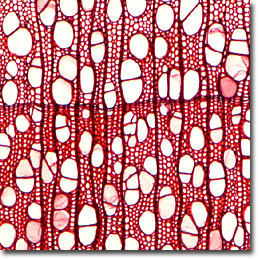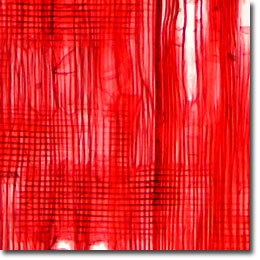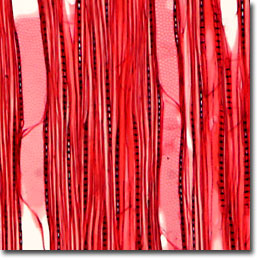The Quaking Aspen
The Quaking Aspen (Populus tremuloides; also known as the False Aspen and the Trembling Aspen) is a hardwood tree that has the widest range of any tree in North America, extending from the northeastern United States through Canada to Alaska, as well as from the western states to northern Mexico. The sapwood is white to light cream in color and merges gradually into the heartwood, resulting in a boundary that is very hard to distinguish.

Cross Section

Radial Section

Tangential Section
Aspens can grow to heights of 100 feet and can be propagated by cuttings, which root very easily. Wood from the two primary aspen species (tremuloides and grandidentata are quite similar in appearance and are difficult to distinguish from each other. Cottonwood trees also have wood that is quite similar to the aspens, but coarser in texture and darker in color.
An unusual male aspen tree, located in the Wasatch Mountains of Utah, has actually been named Pando and weighs about six million kilograms, or 13 million pounds. Several scientists have speculated that the quaking aspen Pando is the heaviest living "being" on the planet.
Quaking aspen wood is used for boxes and crates, pallets, core stock in plywood panels, laundry appliances, poultry supplies, clothespins, rough construction, and veneer for containers. The logs are used for cabin construction and, when kept away from the ground, produce satisfactory service.
Microscopic examination of iron-alum hematoxylin and safranin stained thin sections (see the digital images presented above) reveals a diffuse and porous wood having simple perforation plates. The vessels are numerous and inter-vessel pits range in size from 8 to 12 micrometers (diameter) and are orbicular to oval in shape. Terminal parenchyma forms narrow, but uninterrupted lines. Libriform fibers are thick-walled, occasionally gelatinous, and medium to coarse in texture. The rays are unstoried, homocellular, and uniseriate.